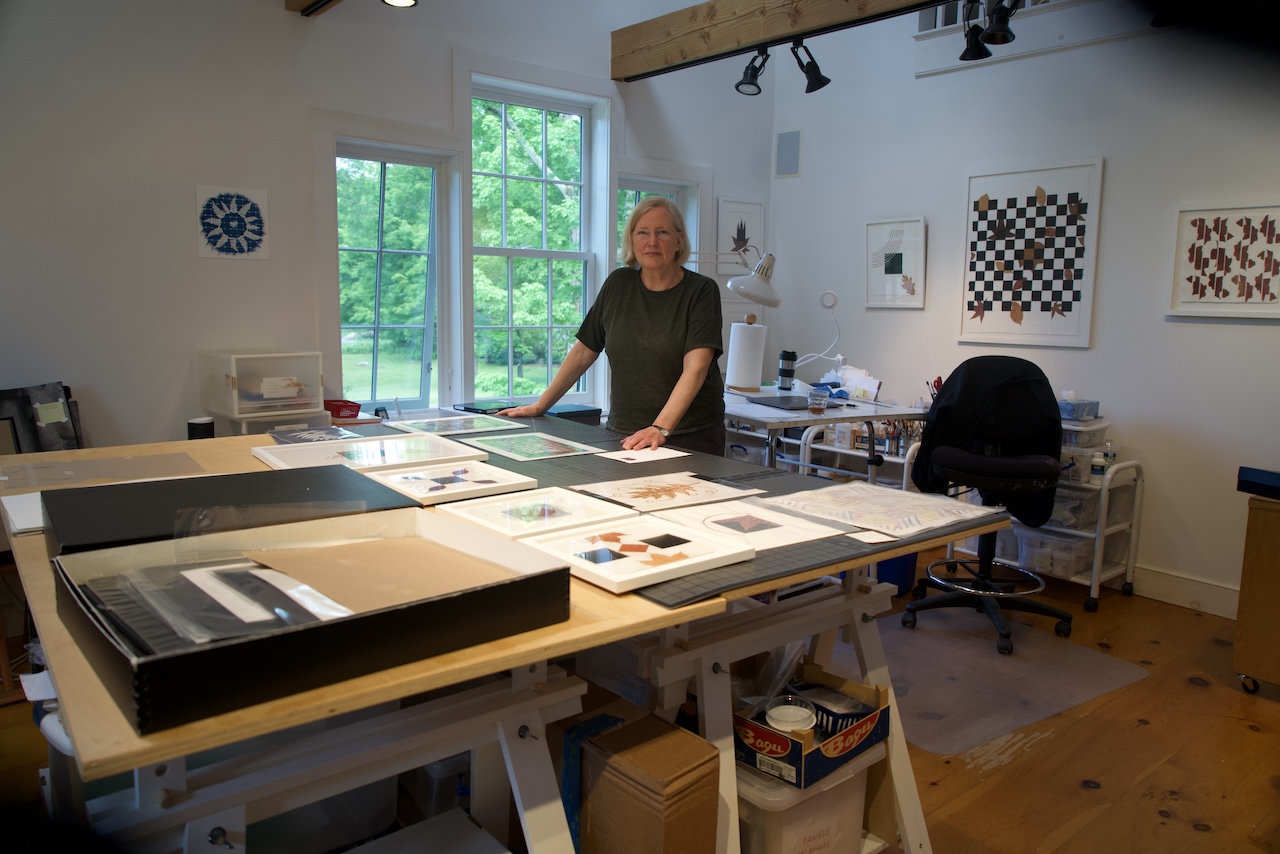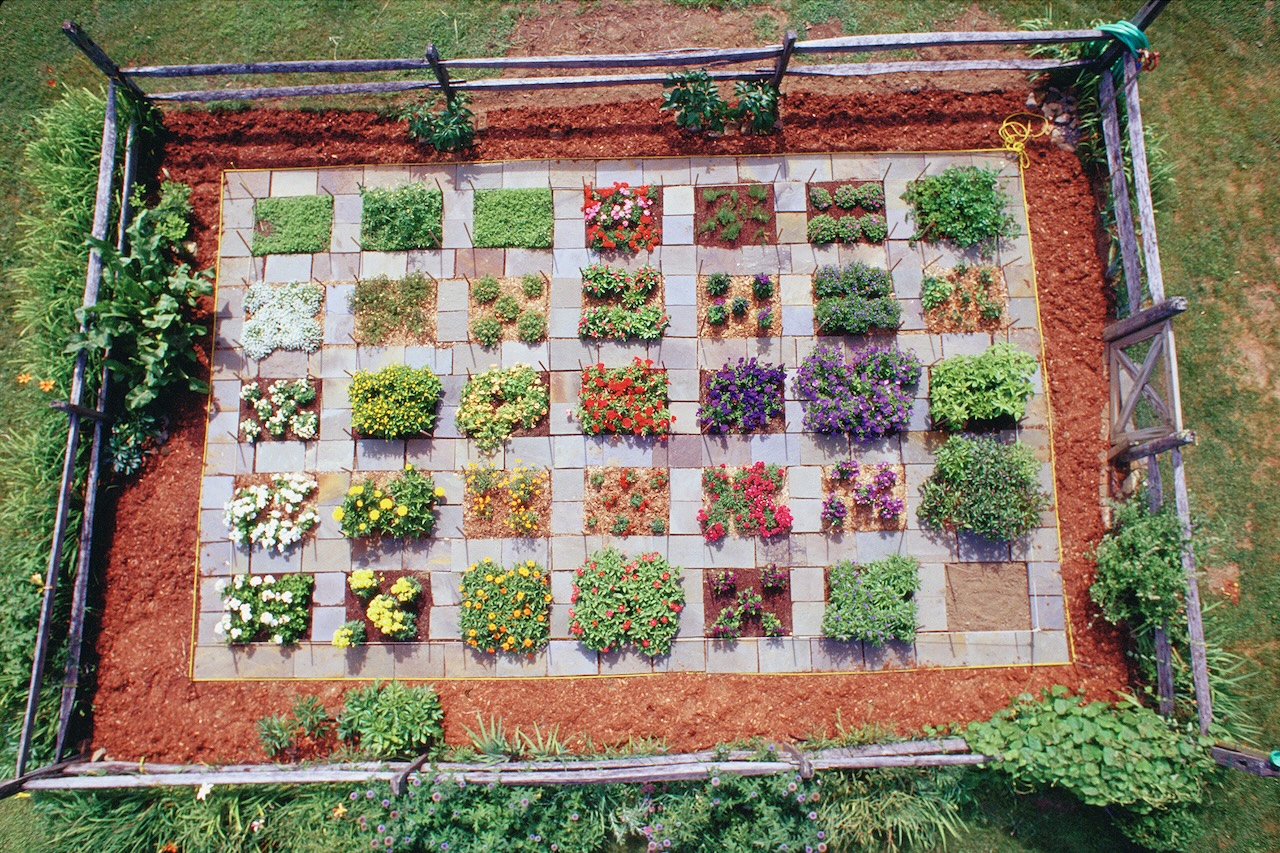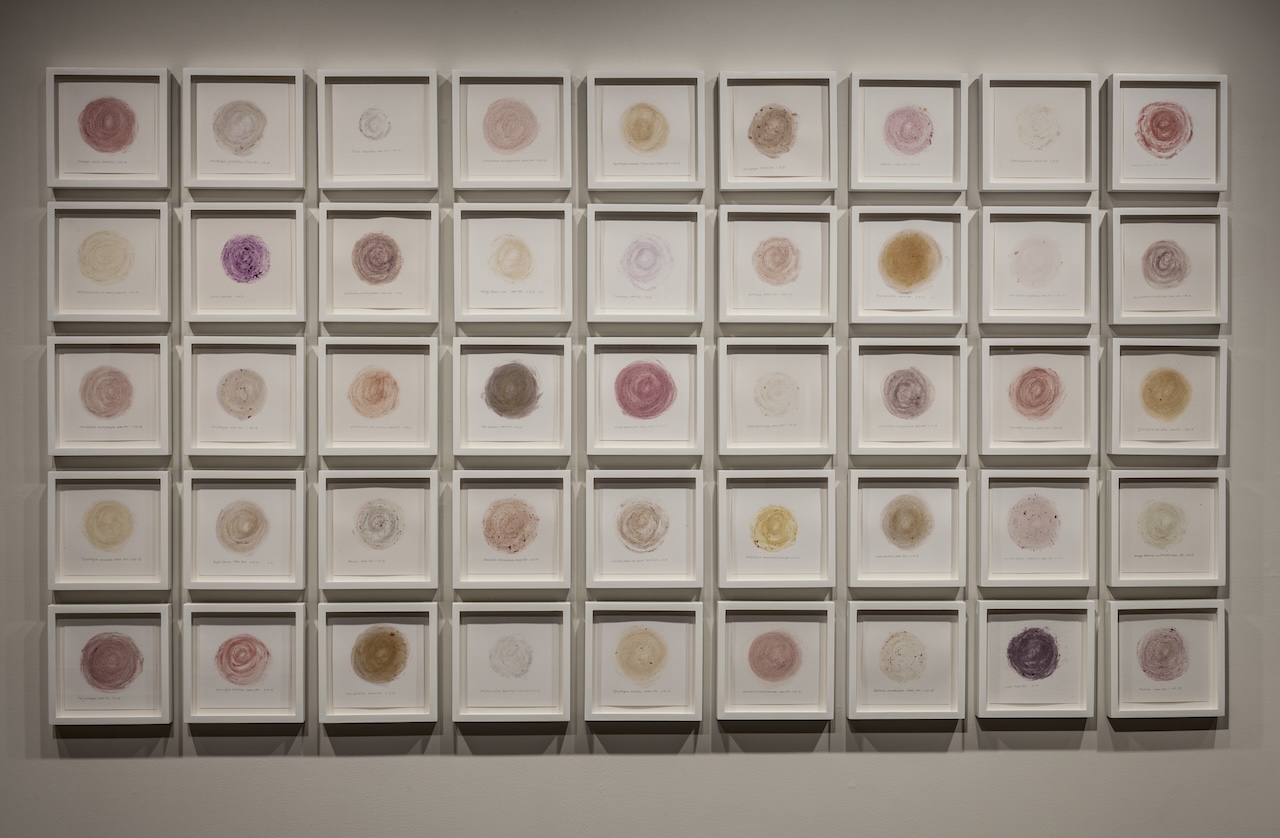Featured Artist

A Moment in Time
Linda Stillman grew up in the Hudson Valley in Orange County, NY. She and her husband discovered their home in Hillsdale in 1980. “It was a rundown, beautiful farmhouse, inexpensive because no one wanted a big, old farmhouse in that era as fuel was prohibitive. We were young and naive and didn’t know how hard it was to heat an uninsulated house. However, I’m so glad we were that foolish, it’s a unique historic house, and we have made it our own over the years.” This place is where Stillman has seeded her art practice.
In the beginning
“I trained as a graphic designer at the School of Visual Arts. I loved it; I was an art director and ran my graphic design business. However, over time, my artwork had more to say, which I didn’t feel when I was a young student at SVA, so, I decided to pursue art full-time and closed up shop,” Stillman shared. “My training in graphic design has been fundamental to my way of working. It made sense to make collages and grids and methodically work in series. Initially, I embarked on the Art Students League to transition, but I still felt something lacking, there had to be more than making pretty pictures. So, I attended a low residency MFA program at Vermont College, which was transformational, intellectual, and theory oriented. There I discovered artists who significantly influenced me.”
What motivates your practice, and who has influenced you?
A desire to commemorate the small moments of time and to treasure nature. Making an archive of things I love or notice, mostly in landscape. To honor the everyday, to capture a moment in time. I was interested in minimal and conceptual artists. I have a natural affinity with On Kawara, particularly his practice of creating one painting a day, and Sol LeWitt, whose photographs document objects around his house, as well as seriality and grid. I also admire Jasper Johns; I made a work in homage to him. John Cage is another significant influence, allowing me to bring chance into the work, but like you, I love Agnes Martin.
I’m also conversing with Ellsworth Kelly and artists who love flowers and nature; there is this constant life and death in the garden. When I attended the Vermont graduate program, I wondered how I would produce and present an extensive body of work by combining my work and love of gardening. I embarked on the The August Garden Project. It was my first objective statement about gardening; I had a vegetable garden here and turned it into an art project. Through my fascination with calendars and the history of calendars, I undertook to transform my garden into a calendar project. Each box represents a day of the month. I cultivated from August 1 to August 31, leaving a blank box bare and weeded. I planned the annuals as a rainbow, from white to yellow to orange, red to violet to blue, and finally greens, which became Saturdays, often the day you shop, cook, and need herbs. Our arborist and friend, Ron Yaple, generously offered to come over with his cherry picker to help photograph; this was pre-digital and before drones! Strapped into the bucket, with my helmet on, terrified up in the air I went; we documented the process of growing and dying with a bird’s eye view. I photographed The August Gardenin July in full bloom; in September, it was overgrowing the grid; in November, the plants were fading; and finally, the following May, everything had died except for a few new weeds emerging. So, throughout the four seasons, I considered the various documentation formats for this project: photography, pressed flowers, scanned plant material, and then finally, rubbing the flower petals onto paper to make stains. Here, I began working with flowers as a material. I remember showing them to my MFA mentor, Byron Kim, he said, “You know you’ve got something here.” So, now I grow flowers every summer to make flower stains/rubbings for my practice.

archival dye print of photo of land art installation
Full-time art practice
“After I left Vermont College, my main concern was ensuring I focused on my art as much as I had been due to academic deadlines, so I also began documenting the sky daily.”
Did you photograph the sky and make a painting every day?
Well, I lived in two places then, so when I was in the city or traveling, I would look up at the same angle and frame the same shape as my Hillsdale studio window and paint or draw that. I couldn’t always paint daily, but I kept these diaries, where I sketched and made notes of the colors on the same day. I completed my first whole year of sky paintings in 2006. I mounted the small panels by month. Each year I change the medium or way of installing the work. These paintings from 2007 were mounted all together on the wall.
Did this initiate your Instagram site Daily Skies, and how did that evolve?
In 2018 I started photographing the sky, at noon facing north. Soon I realized those photos were perfect for Instagram. Starting in 2020, I posted the images daily on a dedicated Instagram account. In 2021, I photographed the sky and the ground immediately at my feet; in 2022, I added the word TODAY onto each image; in 2023, I would draw a line through the sky, and this year I am taking a ten-second video of the sky. I have very few followers on my @Dailyskies site and don’t follow anyone; it’s a conceptual process for me. So I have many alarms on my phone to remind me to take a picture! I feel discipline and routine are essential for creativity and looking at nature daily. It is interesting how few people in New York City look at the sky; I sometimes ask someone if it was cloudy today. Not many can answer. My brother now sends photos of the sky daily. I’ve made him into an artist, which makes me happy. When I see something creative rubbing off on someone else, it gives me joy.

Acrylic and gouache on paper on 2 x 3 inch panels, installation 2007. Photo by: Michael Fredericks
What further projects have you embarked on with other plant materials?
To catalog the garden work and flower stains, I keep rigorous notes and documentation, including the tags from all the plants grown, even documenting the hands of anyone who has helped me. I included all these peripherals, and it finally emerged into a 14-foot-long annual garden scroll, The August Garden Scroll 2002-2016. The work was divided by an inch for each day of the growing season, from the last frost in May to the first frost in October; this is my origin story. When I attended the Wave Hill Residency, I completed a flower rubbing Wave Hill Flower Diary, 2013 work made from site-specific fallen flower petals. These were collected in the tropical green house and kindly gathered in a flowerpot by the gardener. This project was later shown in the Dorsky Museum, and the curator, Daniel Belasco invited me to create flower-based work from the campus.
When I toured the museum campus and picked flowers, I was horrified by the amount of pavement, planters, and parking lots. Realizing so many students commute, I documented the parking lots instead using a map of the campus and a schematic plan displaying the geometric shapes.
Stillman showed me her delicately plant-stained geometric paintings. The work’s frailty is interesting, as some colors fade over time. It is a collaboration with nature, and nature’s doing her thing; conceptually, it’s interesting to have work that shifts over time. I work as an artist akin to a farmer on the cycles of nature; I constantly consider climate change’s impact on nature.
Do you have a favorite time of day to do work, and how do you handle creative blocks?
My energy is vital in the morning, and I journal my work daily. It helps if you keep moving through a block. Usually, it happens when I’m not in the studio. But my ideas and work come from doing the work, and concepts are often born in the studio. That practice is essential every day.
I am also a collector of maps, using them for collage works; a particular favorite is The New York Times weather map; I tear off the corners from The New York Times weather page and turn the pieces into collages. My practice of mapping places also emerges in my photographic series, whether catching discarded detritus on the street or photographing joy as people carry flower bouquets, it is a constant and ongoing conversation with moments in time.
What best advice would you give an artist starting an art practice?
An excellent teacher at Vermont College named Claire Pentecost said, “Embrace doubt and ambiguity – do not be afraid of not knowing.”
Linda Stillman has upcoming shows in 2024. Roxbury Arts Group: “Plant Matter,” curated by Ursula Hudak; Roxbury, NY, August 16 – October 6. Woodstock Art Association & Museum: “Small Works: Plant Based,” curated by Tracey Cockrell; Woodstock, NY, August 17 – October 19. Her work is held in The Shop at The ReInstitute flat files in Millerton and at The Wired Gallery in High Falls, NY. Visit her website lindastillman.com, Instagram @linda_stillman and @dailyskies2024, or email LBStillman@gmail.com.

flower stain & graphite on paper, uv spray varnish; framed size: 7.75 x 7.75 inches
